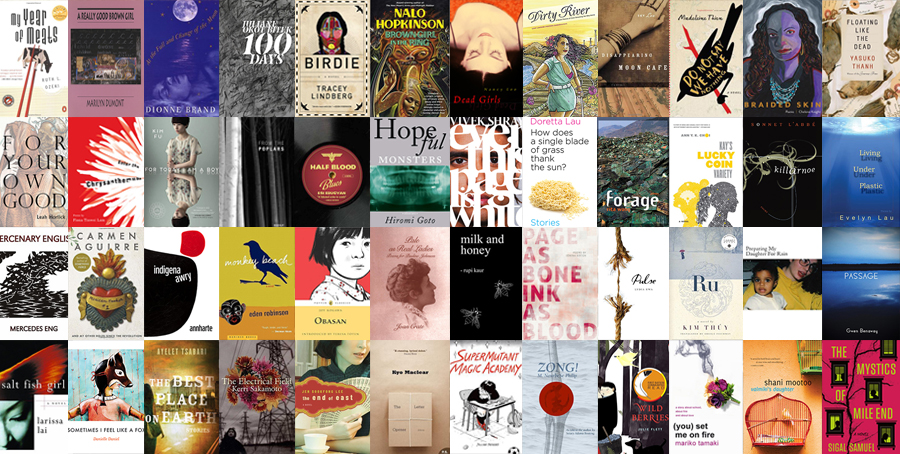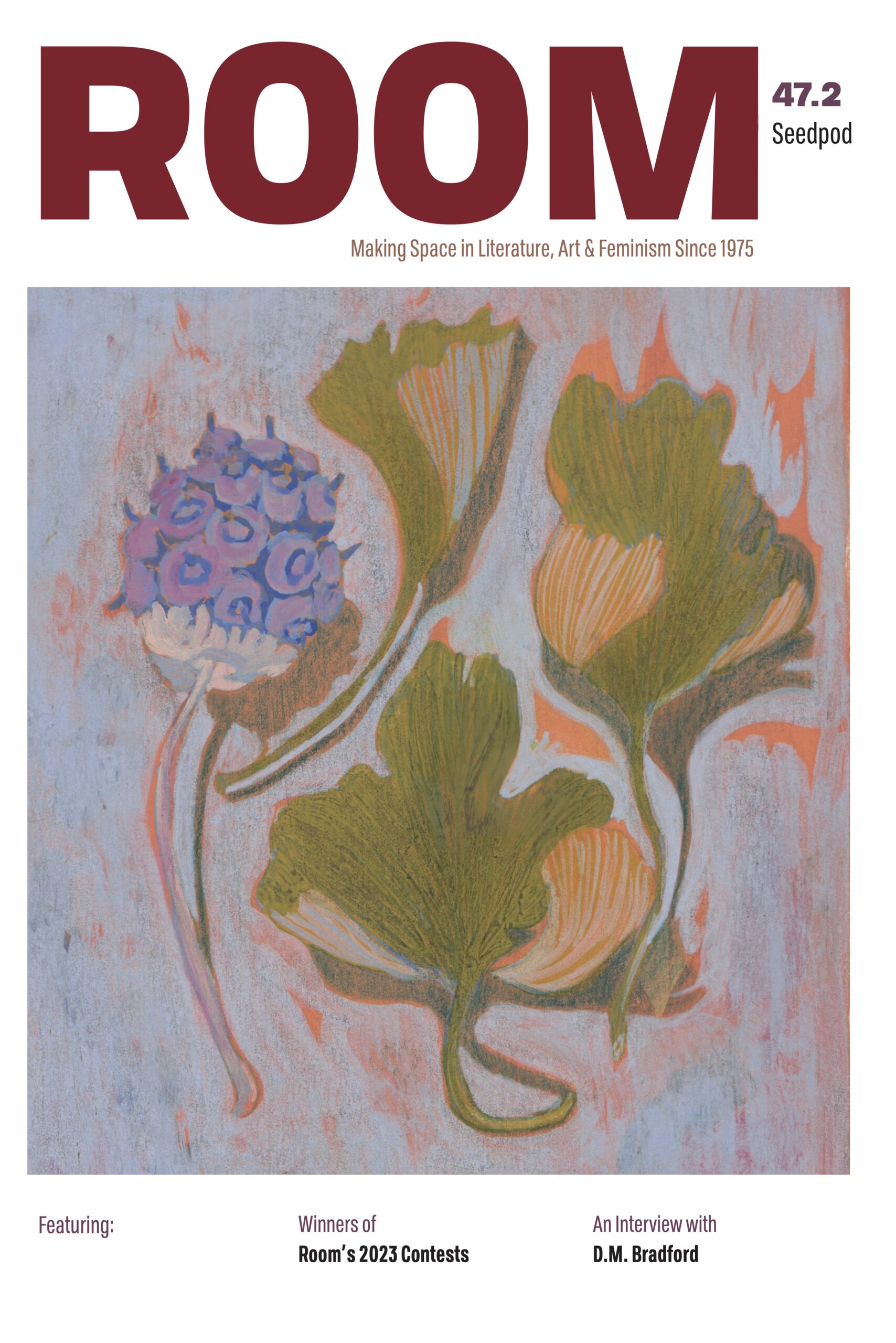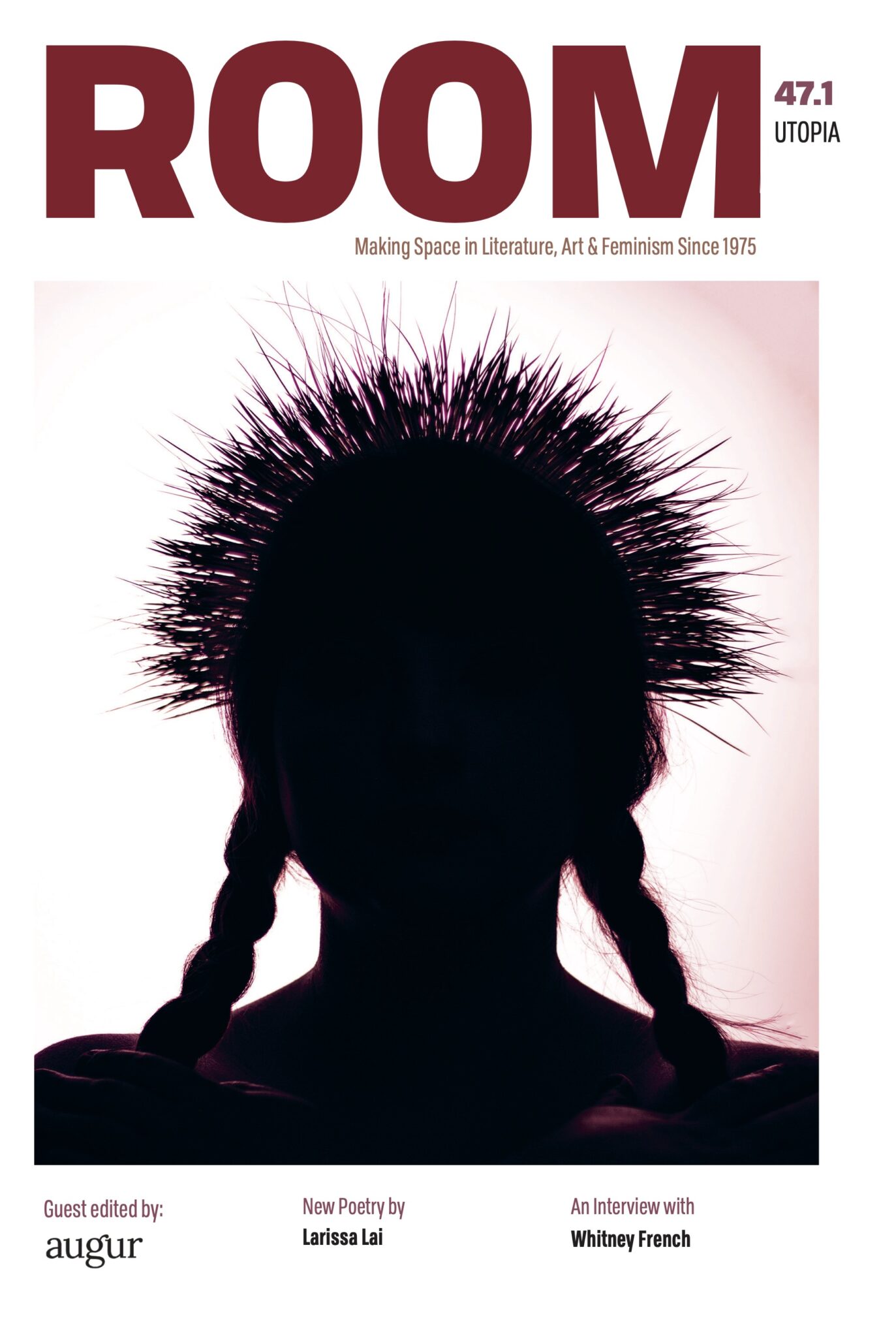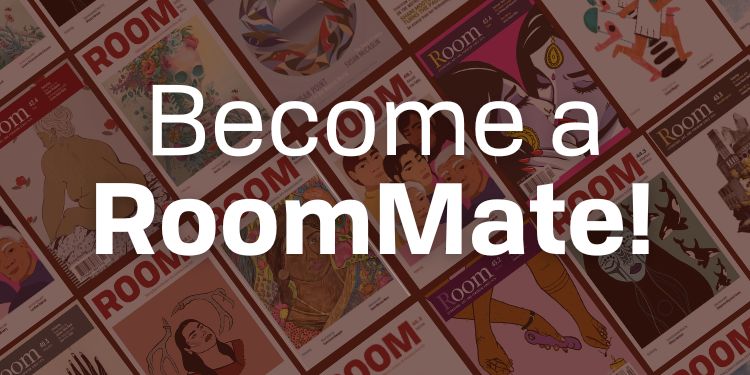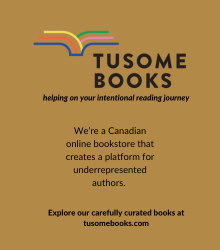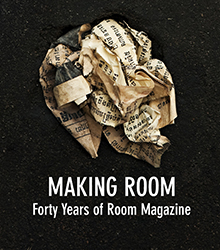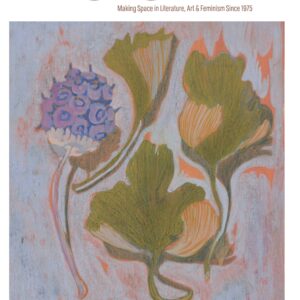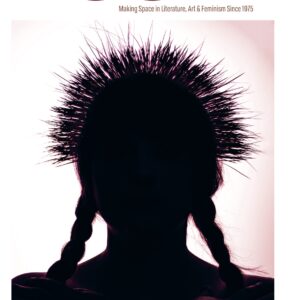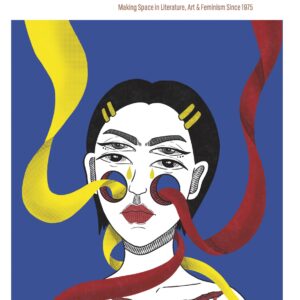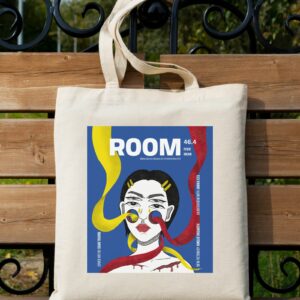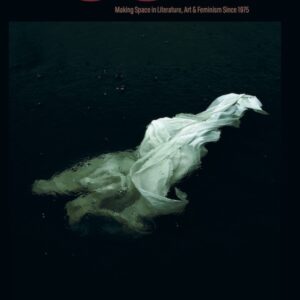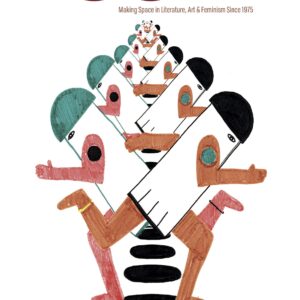More often than not, when Roomies gather, we talk about books. Books we can’t put down, books we couldn’t put up with, and books that make us talk. For this reading list, eleven of us got together and discussed novels, short story collections, poetry, memoirs, and comics that we have read and loved which happen to be written by Canadian Women of Colour. A few of these are well-known classics, a few are upcoming releases. There are stories set locally and abroad, and also include one in dystopian Toronto. Writing from the Women of Colour perspective is not a genre, but instead a multitude of voices, stories, and experiences coming together. And even though we are honoured to feature a handful of these writers are in our upcoming anthology, we know that this is just a starting point, and by no means a comprehensive list of books written by Canadian WOCs. At Room, we recognize that there is work to do, and we are already working on a part two.
More often than not, when Roomies gather, we talk about books. Books we can’t put down, books we couldn’t put up with, and books that make us talk. For this reading list, eleven of us got together and discussed novels, short story collections, poetry, memoirs, and comics that we have read and loved which happen to be written by Canadian Women of Colour. A few of these are well-known classics, a few are upcoming releases. There are stories set locally and abroad, and also include one in dystopian Toronto. Writing from the Women of Colour perspective is not a genre, but instead a multitude of voices, stories, and experiences coming together. And even though we are honoured to feature a handful of these writers are in our upcoming anthology, we know that this is just a starting point, and by no means a comprehensive list of books written by Canadian WOCs. At Room, we recognize that there is work to do, and we are already working on a part two.
Fiction
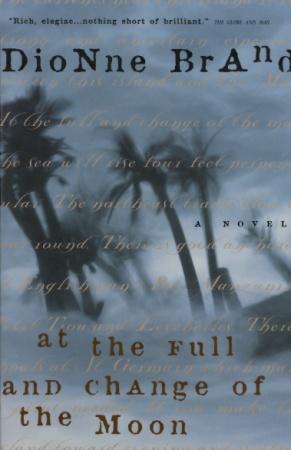
At the Full and Change of the Moon (Knopf, 1994) by Dionne Brand
The traumas of slavery and colonialism haunt a family through many generations in Brand’s epic gothic novel. Brand brings to life a vivid cast of characters with lyrical storytelling that boldly confronts historical violence.—A.M.
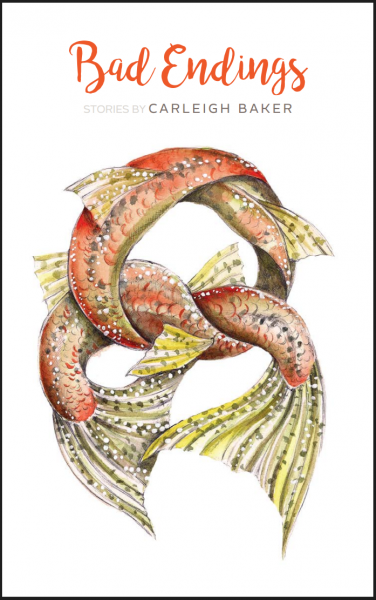
Bad Endings (Anvil Press, Forthcoming in Spring 2017) by Carleigh Baker
A love of nature and misguided characters woven together to create both the bad and beautiful in one piece.—N.N.
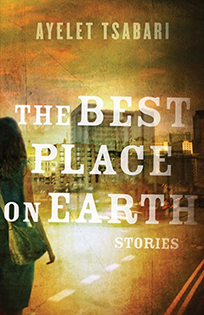
Best Place on Earth (HarperCollins, 2013) by Ayelet Tsabari
Ayelet Tsabari’s Best Place On Earth features short stories about how everyone is searching for their place in this ever-changing world. She reminds us that we all just want a spot to belong. Tsabari’s ability to display, interpret, and decipher family relationships is something that resonates with so many of us because we are all trying to do the same.—C.K.
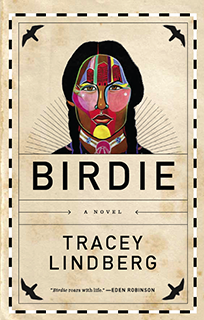
Birdie (HarperCollins, 2015) by Tracey Lindberg
A powerful and often humourous dream narrative about a young Cree-Métis woman’s healing journey. Fleeing from abuse, Bernice travels from Alberta to Gibsons, B.C., where she finds community with family and friends. Told through elliptical sequences of dreams and memories, Birdie brings a fresh voice to literary representations of trauma and survival.—A.M.
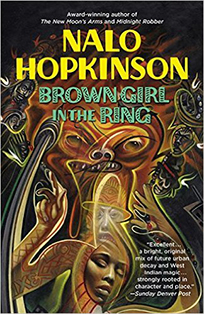
Brown Girl in the Ring (Grand Central Publishing, 1998) by Nalo Hopkinson
A young single mother attempts to take down the leader of a ruthless gang of thugs in a dystopic, impoverished Toronto, while protecting her infant son. Bad-ass feminist science fiction/magic realism at its best. Lots of cliff-hangers, action, horror (the hearts!), and violence—I couldn’t put this novel down.—M.B.
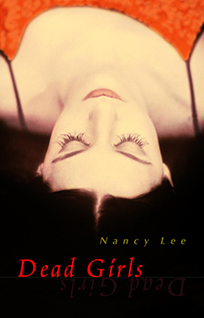
Dead Girls (McClelland & Stewart, 2002) by Nancy Lee
Beautifully written and compelling, Dead Girls is a collection of short stories loosely linked by the disappearances and murders of women in Vancouver’s downtown eastside, and the police search (or rather, the lack thereof) for the serial killer behind them. Dark, at times disturbing, and always compassionate (one story about a mother watching the news to look for her missing daughter in particular stands out), Dead Girls belongs on every bookshelf in Canada.—M.B.
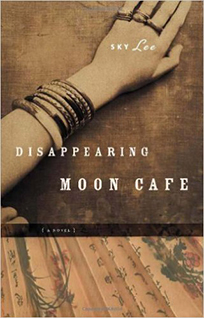
Disappearing Moon Cafe (Seal Press, 1991) by SKY Lee
Lee chronicles the passions and struggles of four generations of Chinese Canadian women in this powerful debut novel. Faced with often appalling abuses and obstacles, the women of Disappearing Moon Cafe find strength and community in each other.—A.M.
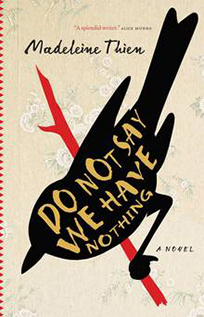
Do Not Say We Have Nothing (Granta Books, 2016) by Madeleine Thien
Thien excels at isolating the small personal struggles within large-scale historical events, and this epic novel is no exception. Do Not Say We Have Nothing is a beautiful story about finding art and humanity under oppressive circumstances.—A.M.
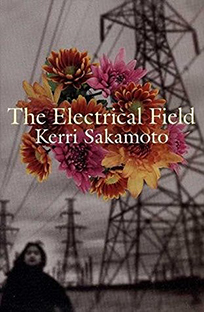
The Electrical Field (Knopf, 1998) by Kerri Sakamoto
Sakamoto’s unsettling debut novel plunges us into the troubled mind of Asako, a middle-aged woman who spent part of her childhood in a WWII internment camp. Set in a small Ontario community in the seventies, this psychological murder mystery slowly reveals its secrets.—A.M.
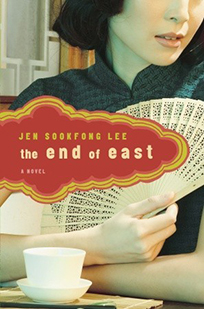
The End of East (Knopf, 2007) by Jen Sookfong Lee
Jen Sookfong Lee’s lyrical and challenging first novel shines an unsparing light on the Chinese immigrant experience. It is the fearless story of three generations of the Chan family living in Vancouver’s Chinatown, where past and present are intermingled in a vision of obligation, sacrifice and love.—T.B.
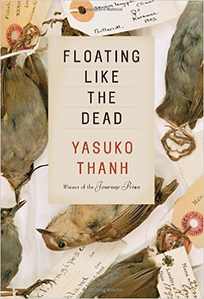
Floating Like The Dead (McClelland & Stewart, 2012) by Yasuko Thanh
There’s a reason Yasuko Thanh won the Journey Prize for the eponymous story in this collection. Floating Like The Dead is a stunning short story collection: characters include a man on death-row, Chinese lepers banished to an island off the coast of British Columbia (based on a real leper colony) and a well-intentioned voluntourist who finds herself selling opium in Mexico.—M.B.
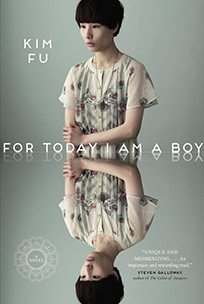
For Today I Am A Boy (HarperCollins, 2014) by Kim Fu
This acclaimed coming-of-age novel tells the story of a trans woman, Peter Huang, who was raised in small-town Ontario by conservative Chinese parents, and escapes to Montreal. A subtle, atmospheric read—Fu is also a poet, and the care taken with each sentence demonstrates this.—M.B.
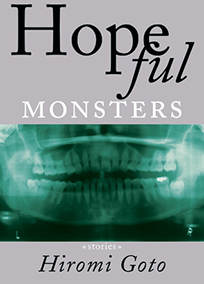
Hopeful Monsters (Arsenal Pulp Press, 2004) by Hiromi Goto
Goto brings her unique sense of humour to this moving and darkly comic story collection. Dipping into folklore and speculative fiction, Hopeful Monsters follows its characters through odd disruptions in everyday situations. A sympathetic exploration of alienation that doesn’t shy away from the strange and monstrous.—A.M.
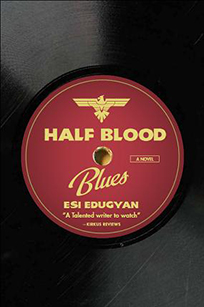
Half Blood Blues (Thomas Allen, 2011) by Esi Edugyan
Esi Edugyan’s Half Blood Blues digs deep into the issues of race using music and the jazz era to tell a necessary story. Edugyan is a writer who writes with more than just one purpose; she writes to level the playing field and to educate; she makes you pay attention.—C.K.
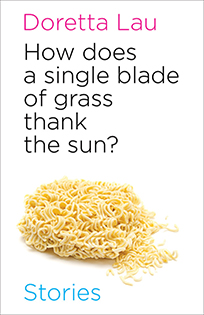
How Does A Single Blade of Grass Thank The Sun (Nightwood Editions, 2014) by Doretta Lau
High-energy, hilarious, and unique coming-of-age stories, with some of the wittiest dialogue in contemporary Canadian literature. In the eponymous story (which was short-listed for the Journey Prize), a group of Asian-Canadian teenagers (using nicknames appropriated from racial slurs, e.g Riceboy, Yellow Peril) vandalize Vancouver with an important message, while another story features technology that allows people to receive text messages from their future selves (naturally, with complicated consequences). The only problem with this collection is that it ends too soon.—M.B.
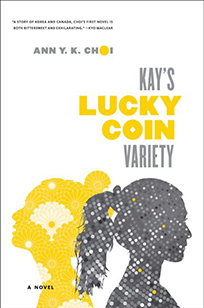
Kay’s Lucky Coin Variety (Simon & Schuster, 2016) by Ann Y.K. Choi
Ann Y.K. Choi’s tender and beautiful debut novel about a Korean-Canadian teenager trying to balance her immigrant parents’ hopes with her own aspirations is a revelation. Can we please stop telling teenagers to read The Catcher in the Rye and introduce them to Choi instead?—A.S.
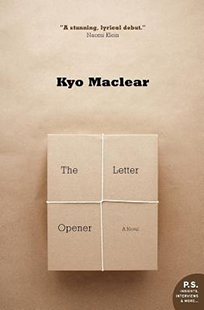
The Letter Opener (HarperCollins, 2007) by Kyo Maclear
In this subtle, moving work, a woman working in Canada Post’s Undeliverable Mail Office struggles to understand the sudden disappearance of her co-worker, a Romanian refugee. Maclear deftly considers the emotional and ethical consequences of constructing (and re-constructing) history. A stunning debut novel about the stories and objects that connect and divide people.—A.M.
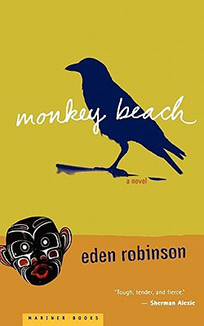
Monkey Beach (Knopf, 2000) by Eden Robinson
Eden Robinson’s Monkey Beach is a coming of age story like no other. Set in the remote Haisla village of Kitamaat and its wild surroundings of northern B.C., we are taken on a journey beyond what most of us see: spirit guides and mystical creatures help bring light to the heroine’s inner darkness and grief, ultimately emerging strong.—B.M.
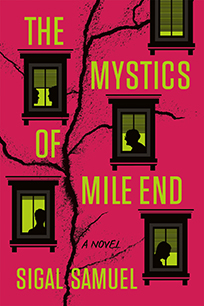
The Mystics of Mile End (Freehand Books, 2015) by Sigal Samuel
The Mystics of Mile End captivates with its deep-reaching take on themes of mysticism, tradition, queer identity, death, and recovery. Wonderfully ambitious, yet deftly crafted. Added satisfaction for anyone who loves Montreal.—A.D.
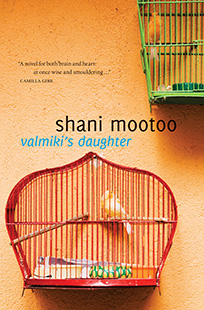
Valmiki’s Daughter (House of Anansi, 2008) by Shani Mootoo
In Shani Mootoo’s third book Valmiki’s Daughter, the reader is taken to Trinidad where clashes of social class and secret desires threaten to expose everything that’s been carefully hidden. The story is mainly told from the perspective of Valmiki and his eldest daughter Viveka and its through these characters that the stories of love, longing, and repression are beautifully, albeit sadly, told.—T.H.
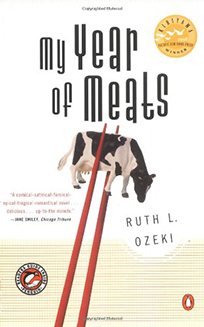
My Year of Meats (Penguin, 1999) by Ruth Ozeki
My Year of Meats tells the story of how a Japanese-American director, Jane Tagaki-Little, alters the life of Akiko Ueno, a bulimic and abused housewife in Tokyo, with her corporate-sponsored documentary TV show—My American Wife!. Ozeki’s novel examines the impact of media representation and the messy relationship between capitalism, patriarchy, and the female body with satire and relish.—K.W.
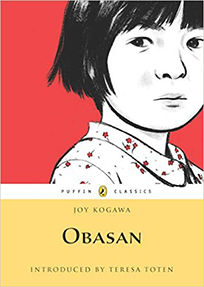
Obasan (Lester & Orpen, Dennys, 1981) by Joy Kogawa
Drawing on her own experience of being sent to a Japanese Canadian internment camp, Kogawa chronicles one woman’s attempts to understand the silences surrounding her past. Often considered an essential Canadian text, Obasan is a poetic and powerful challenge to historical erasure.—A.M.
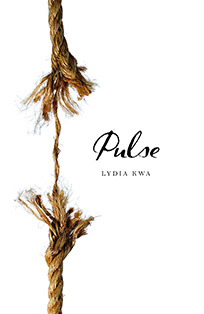
Pulse (Ethos Books, 2014) by Lydia Kwa
Shaken by the death of her former lover’s son, Natalie returns to her native Singapore and faces her own traumatic past. Kwa writes with sensitivity about practitioners of BDSM and survivors of sexual abuse while avoiding facile connections between the two.—A.M.

Ru (Random House, 2014) by Kim Thúy, Translated by Sheila Fischman
Told in spare vignettes, Ru is the story of a Saigon-born woman who flees Vietnam for a Malaysian refugee camp and settles in Montreal. Thúy writes about identity and belonging while subtly confronting the fear and discrimination cast upon refugees.—A.M.
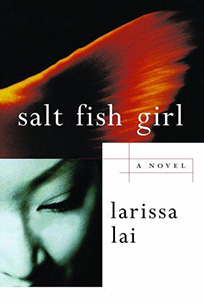
Salt Fish Girl (Thomas Allen, 2002) by Larissa Lai
Mixing science fiction and magical realism, Salt Fish Girl follows two interconnected women in nineteenth-century China and a dystopian, futuristic Pacific Northwest. Lai foregrounds smell, a perhaps under-represented sense in literature, by saturating her novel with descriptions of odour. An imaginative tale about gender, bioethics, and corporate power.—A.M.
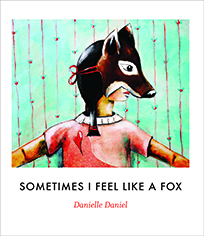
Sometimes I Feel Like a Fox (House of Anansi, 2015) by Danielle Daniel
While we’re fans of Daniel’s writing for adults (we published her in issue 38.2, and again in our upcoming anthology, Making Room: Forty Years of Room Magazine), her first book for children (which she also illustrated) is a real break-out for this talented writer/artist. Sometimes I Feel Like a Fox introduces children to the Anishinaabe tradition of totem animals, a recommended read for parents and small children across the country.—M.B.
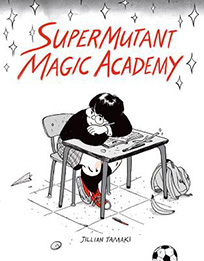
SuperMutant Magic Academy (Drawn & Quarterly, 2015) by Jillian Tamaki
A quirky collection of comic strips about adolescent mutants at a high school for the “gifted.” High levels of hormones, teen angst, and anxiety make these supernatural characters super relatable. Plus, it’s incredibly funny. Jillian Tamaki’s first solo graphic novel is just as good (although very different in style!) as This One Summer and Skim (I’m cheating here, since we’re only supposed to do one book per author, but seriously, read all the Tamaki books).—M.B.
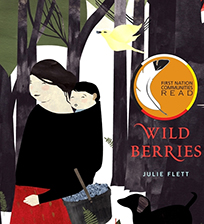
Wild Berries (Simply Read Books, 2014) by Julie Flett
There is a sparse, poetic beauty to Julie Flett’s artwork that is echoed in the stories she writes for children. In Wild Berries (English and Cree), we spend the day with a boy and his grandmother in the woods: “They pick the plumpest berries they can find and drop them into their / buckets / otaskīkowāwa. / Tup, tup.”—B.M.
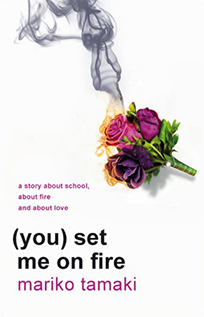
(You) Set Me On Fire (Razorbill, 2012) by Mariko Tamaki
(You) Set Me On Fire is a compelling queer coming-of-age story about love, toxic friendships, college, and, well, fire. Like both of Mariko Tamaki’s graphic novel collaborations with her cousin, Jillian Tamaki, (You) Set Me On Fire is a complex young adult novel that people of all ages can relate to, and become absorbed in.—M.B.
Poetry
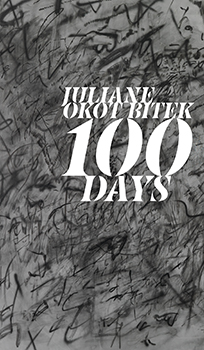
100 Days by Juliane Okot Bitek (University of Alberta Press, 2016)
Juliane Okot Bitek’s poetry tells it like it is no matter how difficult these truths may be to absorb. In 100 Days Bitek holds you in place by the shoulders and paints a vivid picture of genocide, terror, and yet does so through hymn, music, and rhythm.—C.K.
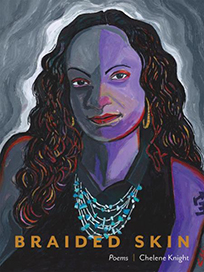
Braided Skin by Chelene Knight (Mother Tongue Publishing, 2015)
We’re biased, of course, since Chelene Knight is Room’s managing editor, but we would be remiss to omit her poetry debut from this list. Braided Skin is an insightful and engaging collection about growing up mixed-race in Vancouver.—M.B.
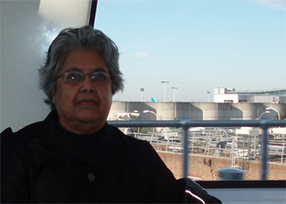
During Rain, I Plant Chrysanthemums (Ryerson University Press, 1966) by Lakshmi Gill
Lakshmi Gill’s During Rain, I Plant Chrysanthemums is a collection of poetry about family, travel, identity, immigration, the Vietnam war, lovers, and God. At once devastating and humorous, these poems have a playfulness to them in language and style that engages and surprises, as well as themes that continue to resonate 50 years later.—T.H.
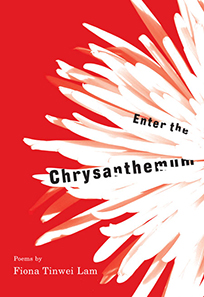
Enter the Chrysanthemum (Caitlin Press, 2009) by Fiona Tinwei Lam
Lam is a poet you need to hear, read, and see all at once to fully appreciate. After reading Enter the Chrysanthemum, you will consider what you think a poem ought to be, what a poem needs to do, and then throw it out the window because Lam’s work will school you in so many ways you never dreamed possible.—C.K.
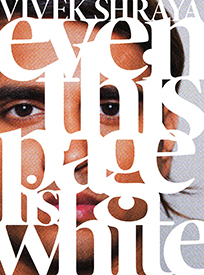
Even the Page is White (Arsenal Pulp Press, 2016) by Vivek Shraya
For me, race, skin, writing, and the weaving of the three are things that sit in my mind at all times. Vivek Shraya’s Even This Page Is White boldly approaches these subjects with such poise and authority. So much so, that it makes you stand up and take notice.—C.K.
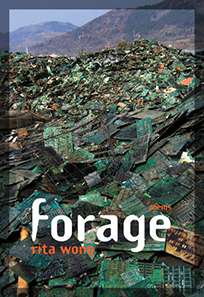
Forage (Nightwood Editionrs, 2008) by Rita Wong
The exploration of landscape both political and ecological. Thoughtful and at times humorous, an exploration of what we have and the future we’re headed to.—N.N.
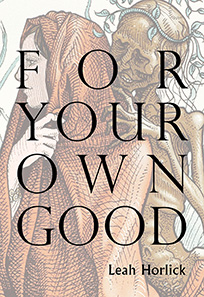
For Your Own Good (Caitlin Press, 2015) by Leah Horlick
With each poem in this haunting collection about trauma, sexuality and survival, my heart was opened and I felt myself truly fall in love with poetry for the first time.—A.S.
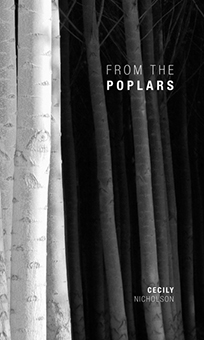
From the Poplars (Talon Books, 2014) by Cecily Nicholson
History, research and poetry form this beautiful narrative of a chapter in B.C.’s history unknown to many.—N.N.
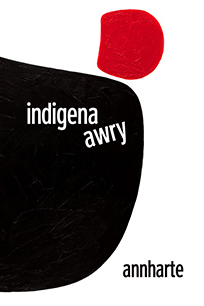
Indigena Awry (New Star Books, 2012) by Marie Annharte Baker
In Baker’s fourth poetry book, Indigena Awry, she brings the vernacular of her lived experience to the page, creating work that gives voice to racism, silence, trauma, and ancestry. It’s a book that won her the inaugural Blue Metropolis First Peoples Literary Prize, and a collection that articulates her fierce storyteller’s voice.—T.H.
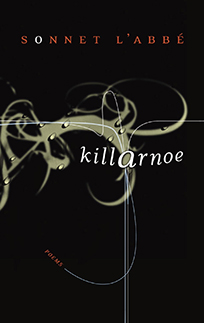
Killarnoe (McClelland & Stewart, 2007) by Sonnet L’Abbé
Sonnet L’Abbé is the master of the sonnet, but in her book, Killarnoe, rhythm takes precedence. Her poetry sticks around in your mind well after reading it. She reshapes and redefines the form by showing us that a sonnet doesn’t have to be traditional but it can still take you by surprise and deliver that implicit promise.—C.K.
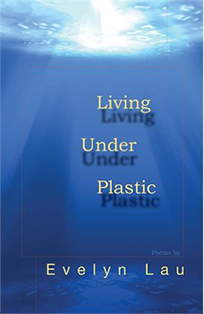
Living Under Plastic (Oolichan, 2010) by Evelyn Lau
Past meets present through immortality and death. Words woven together to create bright images painted in dark colours.—N.N.
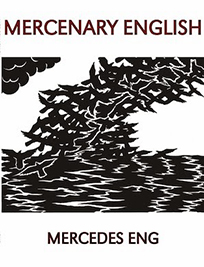
Mercenary English (Cue Books, 2013) by Mercedes Eng
In her first full-length poetry collection, Vancouver-based poet Mercedes Eng brings together three long poems in Mercenary English that consider gender, race, and privilege. With many poems situated in Vancouver’s Downtown Eastside, Eng’s work weaves together police dismissal of the missing and murdered Indigenous women across Canada, the trial of serial killer Robert Pickton, activism during and after Vancouver’s 2010 Winter Olympics, navigating the sex trade, and spending time within the academy.—T.H.
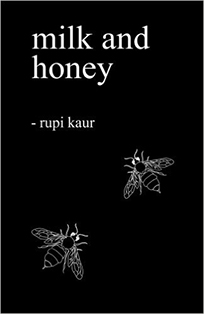
Milk and Honey (Andrews McMeel Publishing, 2015) by Rupi Kaur
What I love most about Rupi Kaur is her ability to be both strong and fragile at once. Her short poems (often only a few lines long: “you were so afraid / of my voice / i decided to be / afraid of it too.”) embrace self-love, vulnerability, and finding strength in yourself.—R.M.
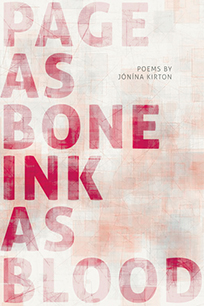
Page As Bone, Ink As Blood (Talon Books, 2015) by Jónína Kirton
Metis/Icelandic writer Jonina Kirton—who also happens to be a member of the Room Collective—writes wonderful poems that deal with themes like identity, spirituality, and loss through expert use of bodily imagery. This can be seen in my personal favourite poem, “The Same Lines”.—R.M.
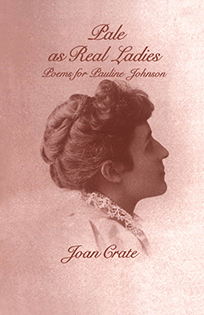
Pale As Real Ladies (Brick Books, 1991) by Joan Crate
This collection of poems by Métis author Joan Crate is told from the point of view of a fictionalized version of nineteenth-century Canadian author Pauline Johnson. Crate explores Johnson’s dichotomous identity and brings her into the modern world through Crate’s own struggle with her personal identity.—R.M.
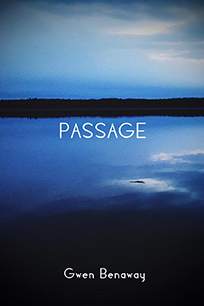
Passage (Kegedonce Press, Forthcoming in Fall 2016) by Gwen Benaway
These poems are a call and response between memory and future healing, future possibility. Passage is a remarkably-written and much-needed communication about transgender identity, racism, and gender-based violence and how these relate to the traditional, unceded land.—A.D.
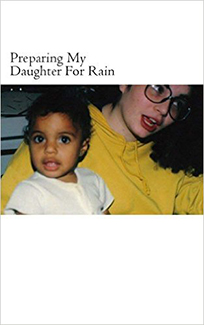
Preparing My Daughter For Rain (CreateSpace Independent Publishing Platform, 2014) by Key Ballah
If there’s a way to teach ourselves self-love, it would be through Ballah’s collection of potent and healing poetry. Follow her on social media too and let her remind you intermittently how to live as you’re spinning through a digital zoetrope of what seems like endless atrocity and adversity.—K.W.
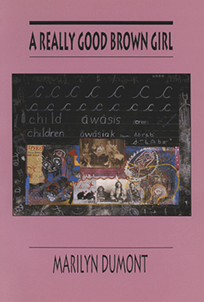
A Really Good Brown Girl (Brick Books, 1996) by Marilyn Dumont
Dumont’s poems focus on the beauty and fragility of First Nations customs in poems like “The White Judges”, which centres around the image of a family scene: “At supper, eleven of us would stare down a pot of moose stew, bannock, and tea, while outside the white judges sat encircling our house.” Look for new work from Dumont in our upcoming issue 40.1!—R.M.
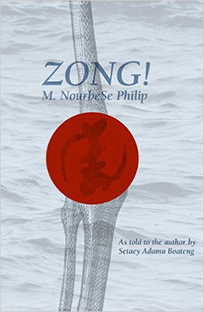
Zong! (The Mercury Press, 2008) by M. NourbeSe Philip
In her most recent book of poetry Zong!, M. NourbeSe Philip writes a book-length poem based on the legal decision (Gregson vs Gilbert) at the end of the eighteenth century about the murder of Africans on board a slave ship. Told in a fragmented and innovative style, Philip pushes the boundaries of poetic form to tell the chilling history of a captain’s order on the slave ship Zong to murder 150 Africans by drowning so the ship’s owners could collect insurance money.—T.H.
Creative Non-Fiction
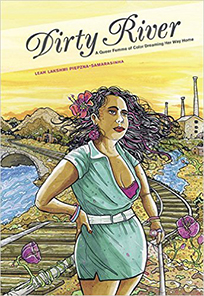
Dirty River (Arsenal Pulp Press, 2015) by Leah Lakshmi Piepzna-Samarasinha
Piepzna-Samarasinha work teems with rich, tangible details of time and place, pain and recovery. Dirty River is a memoir that will surely become a lasting body of wisdom for anyone who yearns to holistically embrace our own survivor stories.—A.D.

Mexican Hooker #1 (McNally Robinson, 2016) by Carmen Aguirre
This is a book that is both very easy to read—because of Aguirre’s effortless, enthralling prose—and incredibly difficult to read because of the (potentially triggering) subject matter. Mexican Hooker #1 is a memoir about identities, and escape. Aguirre recalls identities as a Chilean revolutionary, a refugee, a wife, a Canadian actress who is frequently typecast, and as a survivor of sexual assault as a young teenager by one of Vancouver’s most feared rapists. Aguirre builds of the assault slowly, revealing more and more details in each chapter. It’s an incredibly effective and beautiful memoir.—M.B.
